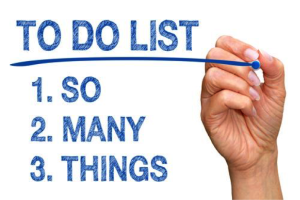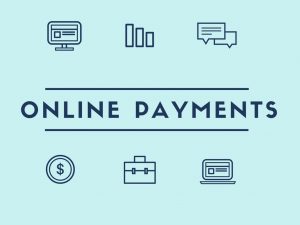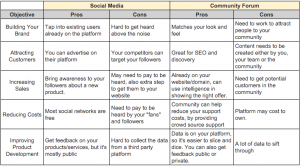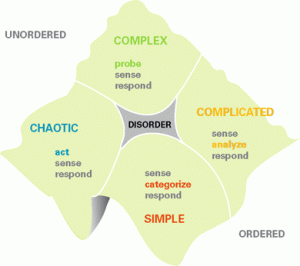Listen to this blog post on the go:My title at Intero Advisory is Talent Finder. So, what does it mean to be a Talent Finder? I’m essentially a recruiter. I find people jobs. But there’s more.
It’s not easy to find talented people. Many recruiters will say that we’re currently experiencing a talent shortage. That means that there are more jobs out there than there are talented people to fill them. I actually try not to pay too much attention to a lot of the data out there. The data isn’t going to help me; my own talent and my intuition is.
From prompt follow-up to asking smart questions to being able to discuss past mistakes and the lessons that resulted, there are all kinds of ways for me to determine if someone is successful and talented. But that’s another blog post for another day. For today, we’re going to focus on how I suss out talent on LinkedIn.
How do I find talented people on LinkedIn?
As you can imagine, I do the majority of my recruiting work within LinkedIn. This is where I find and connect with a lot of talent, through networking with my Connections, profile searches and engaging in LinkedIn Groups, I end up finding very talented candidates on LinkedIn.
Profile Summaries
A well-crafted and engaging Profile Summary is always an indicator of talent. When someone has taken the time to be thoughtful about their professional life and articulate things like what’s important to them in their career, I have a pretty good sense that they’re above average.
Self awareness is a significant talent indicator for me. In a Profile Summary, this important trait can be communicated through statements about what you do well, and maybe even more importantly, what you don’t do well. As backwards as it sounds, understanding your limitations (and knowing where to utilize the strengths of others) is an important part of success; as well as an important part of being a team player.
If you’re playing along at home and want to modify your Summary to reflect your own self awareness, here are a few questions to get you started. Then, you can incorporate these answers into your Summary:
- What tasks and projects have I recently completed that I’m most proud of? (Note: answering this question will require you to revisit your Summary regularly and update this information. For example, when I see sales numbers on someone’s Profile from 3 years ago, it is not a powerful statement about their successes).
- What are the specific areas of my role where I’ve been most productive?
- What are the circumstances where I am functioning at my highest level?
- Is there an area of my role (or previous roles) where I did not feel successful or productive? What did I learn from that experience?
- What do I consider my professional values to be?
- What are my career goals?
If you can really think through these questions and attach thoughtful answers to them, you will have the beginning of a meaningful Summary that recruiters (and others who are tasked with finding talent) can understand and appreciate.
Projects on Your LinkedIn Profile
The Projects Section on LinkedIn profiles is definitely underused by the majority of LinkedIn members. What more powerful way to showcase your talent than including examples of your work?
The Projects section allows you a designated area of your Profile where you can describe (and even link to) work that you’ve done. Are their videos, images, documents, presentation slides or links that highlight work that you’re proud of for a specific role? You can also upload media within your Experience section, under specific roles. Whether it’s under Experience or Projects, you’d be surprised who takes notice.
As a side note, Projects are also a great conversation starter. Maybe you’ve posted a recent project that relates to a challenge that someone else in your network is experiencing. That project might be the impetus to reconnect and talk through their challenges.
LinkedIn Recommendations
You knew it was coming, right? I’m sorry to be so predictable, but let’s be honest, LinkedIn Recommendations exist for one main reason – to recommend the excellent work of others. As a Talent Finder, I love reading through Recommendations on members’ Profiles. It helps me to begin to understand what it’s like to work with that person.
Recommendations also give me an idea of where a professional has been able to make an impression within the organization, which speaks volumes:
- Individuals that have a number of Recommendations from their peers are probably team players; fun and easy to work with, and have gained the respect of their colleagues.
- Those that have Recommendations from Executives or Supervisors are most likely hard-working, dependable and precise.
Wherever the Recommendation originated, it’s great if you can get a few on your Profile. The best way to make this happen is to begin to Recommend others. For more information on writing and encouraging others to write Recommendations for you, check out my blog post Writing LinkedIn Recommendations.
So, if you’re hoping to be found and considered “talented” on LinkedIn, take some time to think through how you can modify and add to your Profile in order to grab attention. Your Profile Summary, Projects, and Recommendations are a great start.
(152)
Report Post






